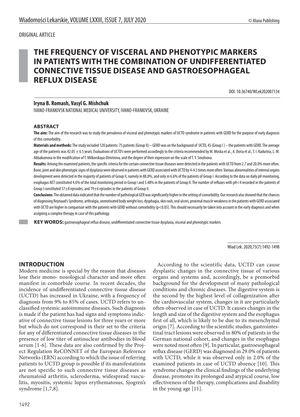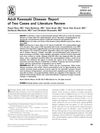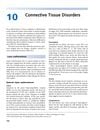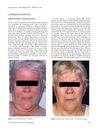The Frequency of Visceral and Phenotypic Markers in Patients with the Combination of Undifferentiated Connective Tissue Disease and Gastroesophageal Reflux Disease
January 2020
in “
Wiadomości lekarskie (Warsaw Poland)
”

TLDR Patients with both connective tissue disease and acid reflux are more likely to have certain symptoms and physical signs.
The study investigated the prevalence of visceral and phenotypic markers in 120 patients, with 75 having both Undifferentiated Connective Tissue Disease (UCTD) and Gastroesophageal Reflux Disease (GERD) (Group II) and 45 with only GERD (Group I). Results indicated that bone, joint, and skin signs of dysplasia were 4-4.5 times more common in Group II, and internal organ development abnormalities were present in 88.0% of Group II compared to 6.6% of Group I. Patients with both conditions were more likely to be diagnosed with Reynaud's Syndrome, arthralgia, weight loss, dysphagia, skin rash, oral ulcers, and muscle weakness. The study concluded that the presence of UCTD in patients with GERD significantly increases the likelihood of diagnosing these associated symptoms, which is important for early diagnosis and treatment.




